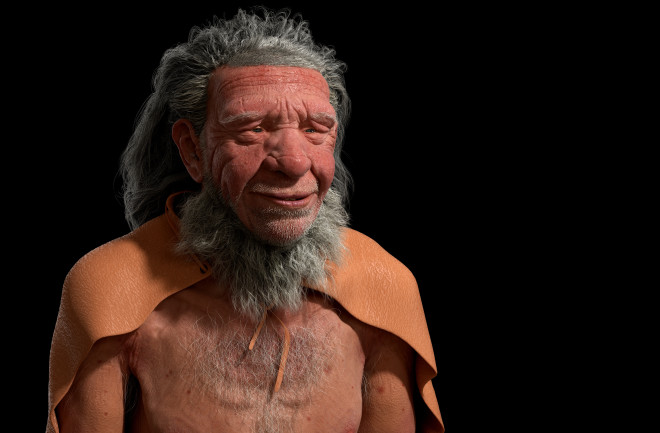Newsletter: We often consider ourselves unique as Homo sapiens, but a recent study of Ice Age Europe reveals that our bone tools, which were once seen as a symbol of higher intelligence, were not so unique after all. Neanderthals, it turns out, also crafted and used hundreds of similar tools when they hunted and prepared animal hides. This discovery was made at two significant Neanderthal sites, starting with the Chagyrskaya Cave in Siberia, where researchers found about 1,200 bone tools, including a large number of “retouchers” used to cut and shape stone tools. The evidence suggests that Neanderthals, like early Homo sapiens, used animals as a source of food and raw materials, and they too made bone tools. The question now is whether Chagyrskaya was an isolated example or part of a wider phenomenon.
In addition to Chagyrskaya, simple bone tools have also been found in small numbers at Neanderthal sites in Crimea, Ukraine, Germany, and the Czech Republic. However, it wasn’t until 2019 that researchers discovered another major processing site like the Siberian cave, this time in France at the Chez-Pinaud site near the Charente River. Archaeologists from France, Belgium, and Russia excavated a small area and uncovered 103 bone tools, including 83 retouchers. They concluded that Neanderthals used this site to process various animals, such as reindeer, horses, and bison, during the colder months.
As Neanderthals cleaned off bones obtained from large-hoofed animals, they created retouchers, beveled tools, and one rounded tool similar to a present-day instrument used for leather-working. The retouchers were most likely used to sharpen stone tools that had become dull from scraping carcasses, while the rounded tool was useful for working with hides. Researchers focused on identifying fresh bone cuts that were made soon after the animal’s death, as these indicated intentional actions by living Neanderthals, rather than accidental damage. The craftsmen primarily made small tools, with the largest measuring approximately 6 inches in length.
Around 45,000 years ago, Homo sapiens migrated to Western Europe, replacing the Neanderthal population, which eventually became extinct. In their place, Ice Age humans developed advanced cultures, creating bone jewelry, employing group hunting techniques, and constructing houses made from mammoth bones. As evidence of this, we have left behind a rich variety of bone instruments, including large tools, weapons, figurines, and ornaments.
Become a subscriber for just $1.99 to access more articles and continue reading.
